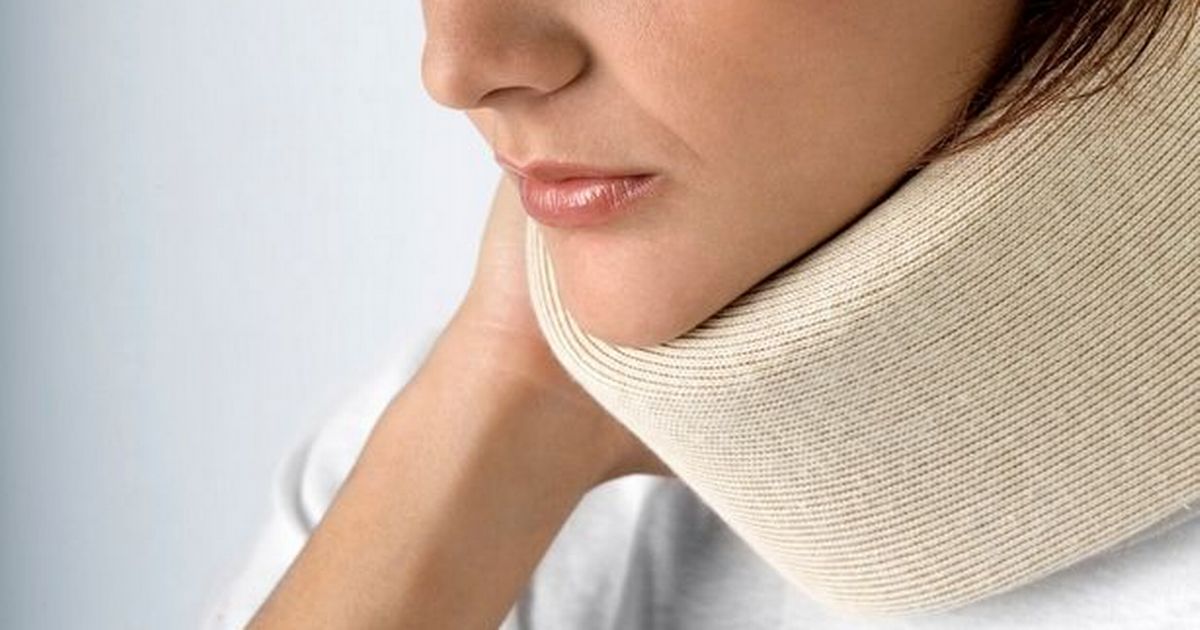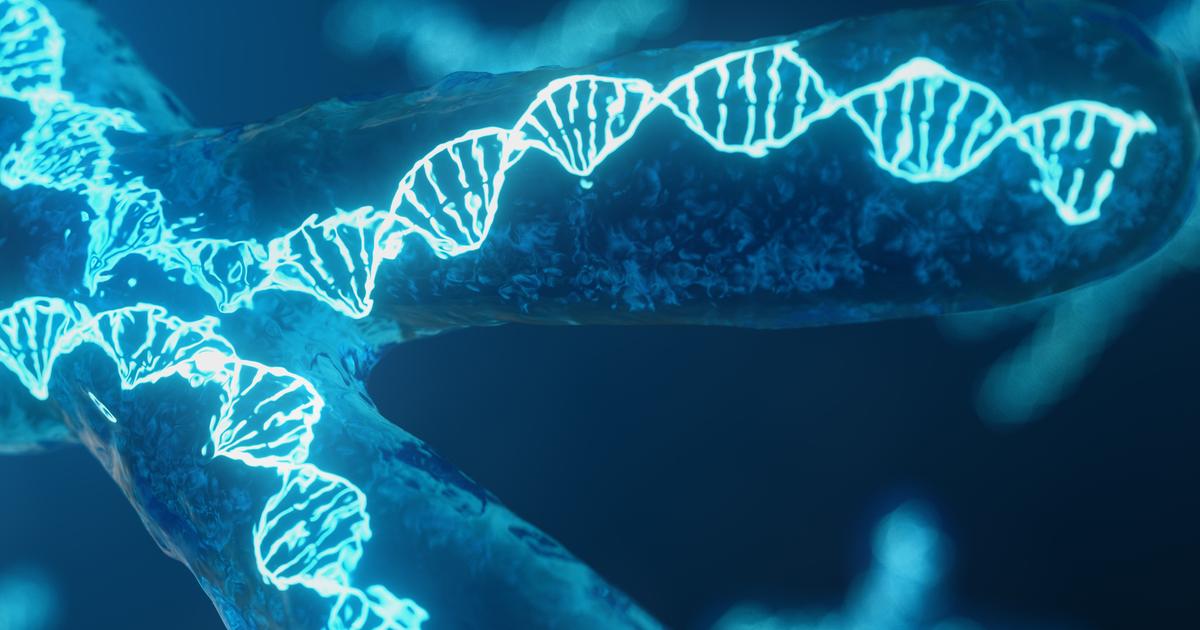Guide To The Causes Of Cervical Dystonia
Cervical dystonia, otherwise known as spasmodic torticollis, is a rarely occurring condition that causes the muscles of the neck to undergo involuntary contractions. This leads them to twist into abnormal positions, which in turn causes the head to move in involuntary ways. Some patients might experience twisting of their chin or ear toward their shoulder, or movement of their chin straight down or up. Others might have postural abnormalities like one raised shoulder. Muscle spasms and spasticity are often very painful for individuals with cervical dystonia. Understanding the causes of the condition is important to know how to manage it properly.
Get familiar with what causes cervical dystonia now.
Family History And Genetics
Genetics and family history appear to play a role in some cases of cervical dystonia. Researchers estimate between ten and twenty-five percent of cervical dystonia patients also have a family history of the condition. The condition is estimated to affect around sixty thousand individuals in the United States, so up to fifteen thousand of those have a family history of it. Genetics may increase an individual's chances of developing cervical dystonia, but researchers believe genetics alone are not responsible. Instead, genetics are combined with a variety of environmental and physical factors to increase the risk of developing cervical dystonia. Researchers have discovered cervical dystonia tends to present in individuals who have mutations in one or more of several genes. Gene mutations linked to cervical dystonia have been identified in the ANO3, CIZ1, THAP1, and GNAL genes. With that said, not enough information is currently available about how the mutations affect an individual's chances of developing cervical dystonia. Because of this, there is no way to do a genetic test for diagnostic purposes with cervical dystonia, and the condition must be assessed through symptoms and family history alone.
Read more about the causes of cervical dystonia now.
Certain Injuries

Certain injuries may cause an individual to develop cervical dystonia. In cases where there's an underlying cause like an injury or neurological disorder, the condition is called secondary cervical dystonia. Injuries to the shoulders, neck, or head increase the likelihood of an individual developing cervical dystonia. This may be considered a kind of post-traumatic dystonia, which is dystonia that occurs after an injury or trauma to the affected body part. The most common injury leading to cervical dystonia is whiplash, which some individuals experience in car accidents or when suffering impacts at sporting events. Whiplash occurs when the head snaps quickly backward and forward in a way that causes muscle injury. If individuals suspect they have suffered a whiplash injury, they should have their neck evaluated to make sure no damage was done to their spine. It's important to be attentive during the rehabilitation process for an injury. If patients notice they're developing symptoms of abnormal tension or spasticity, they should talk to their doctor to see if there are ways to mitigate it.
Keep reading to reveal more information on what causes cervical dystonia now.
